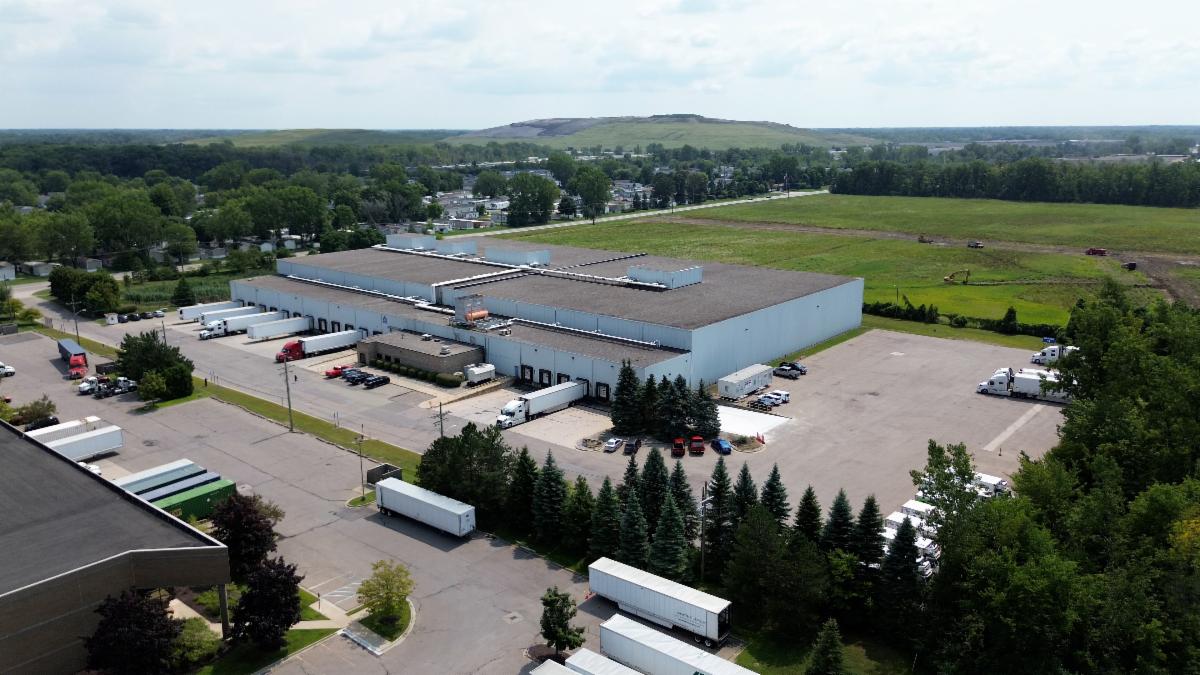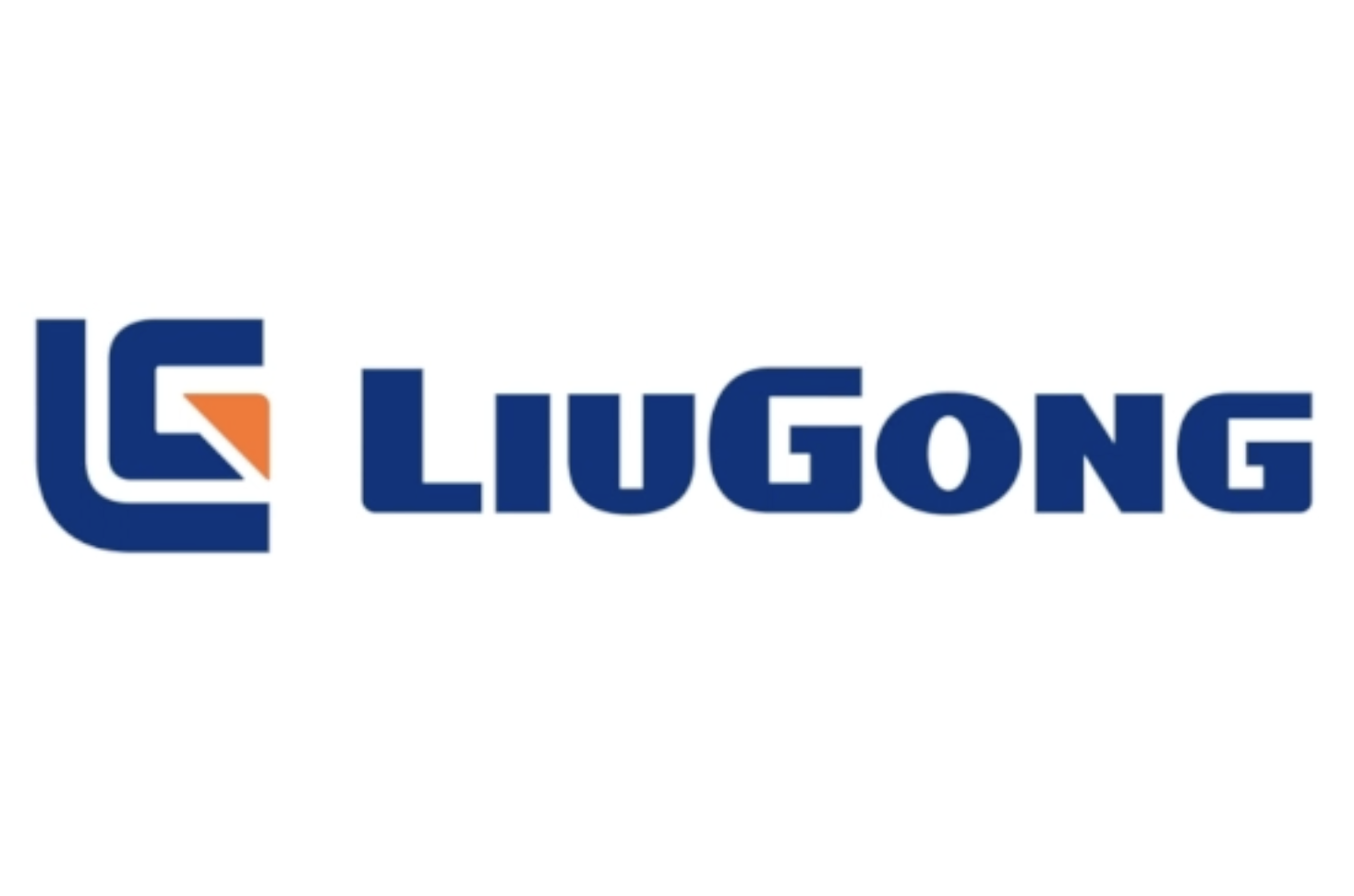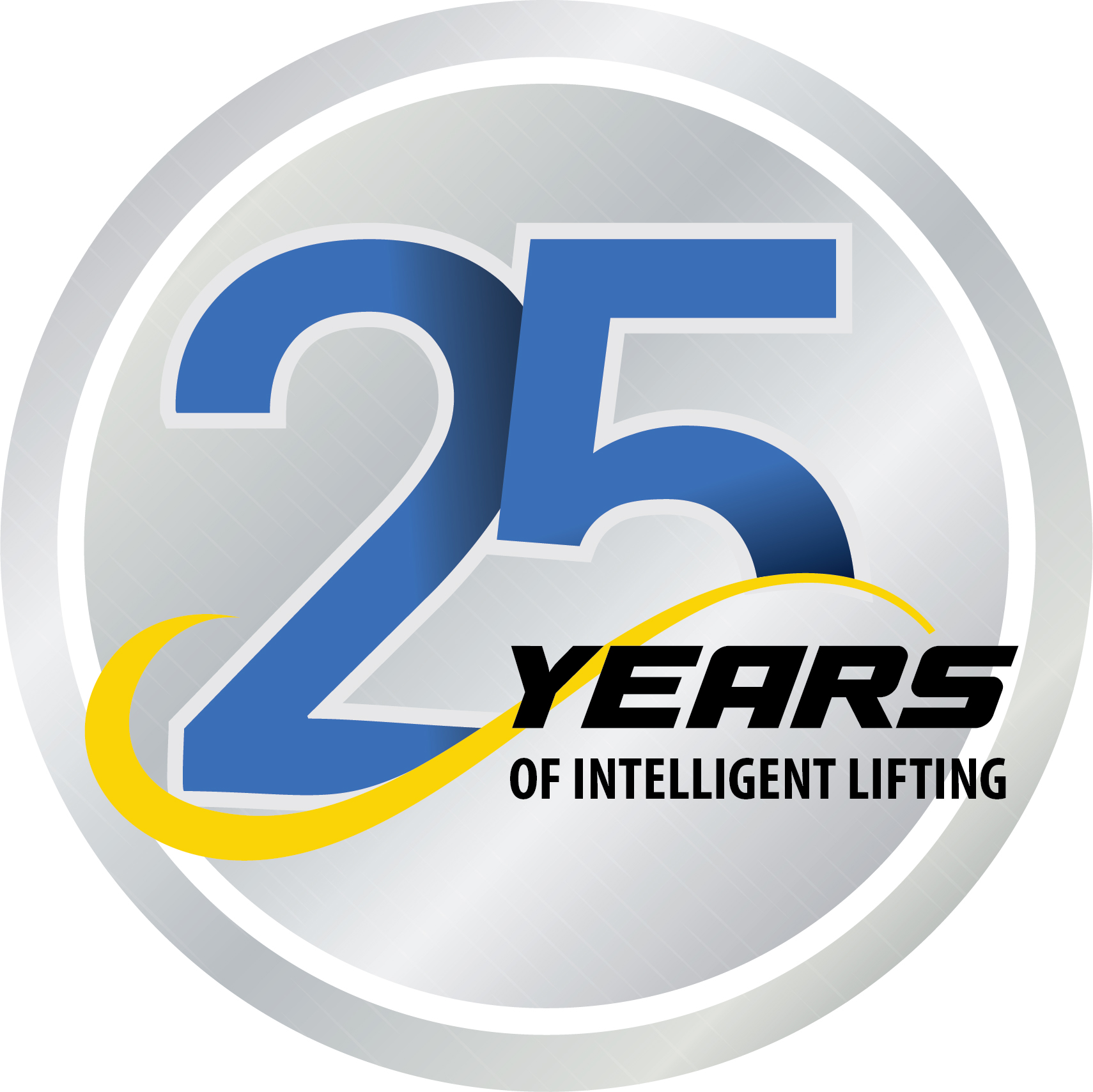MHI Supply Chain Trends
MHI’s Board of Governors and Roundtable Advisory Committee recently released their top business trends impacting the supply chain industry.
In an age marked by persistent disruptions, swift digitization, and escalating consumer expectations, traditional approaches to supply chain management may fall significantly short. From leveraging the potential of data and AI to constructing agile and resilient networks, these 11 trends will impact operational performance for years to come.
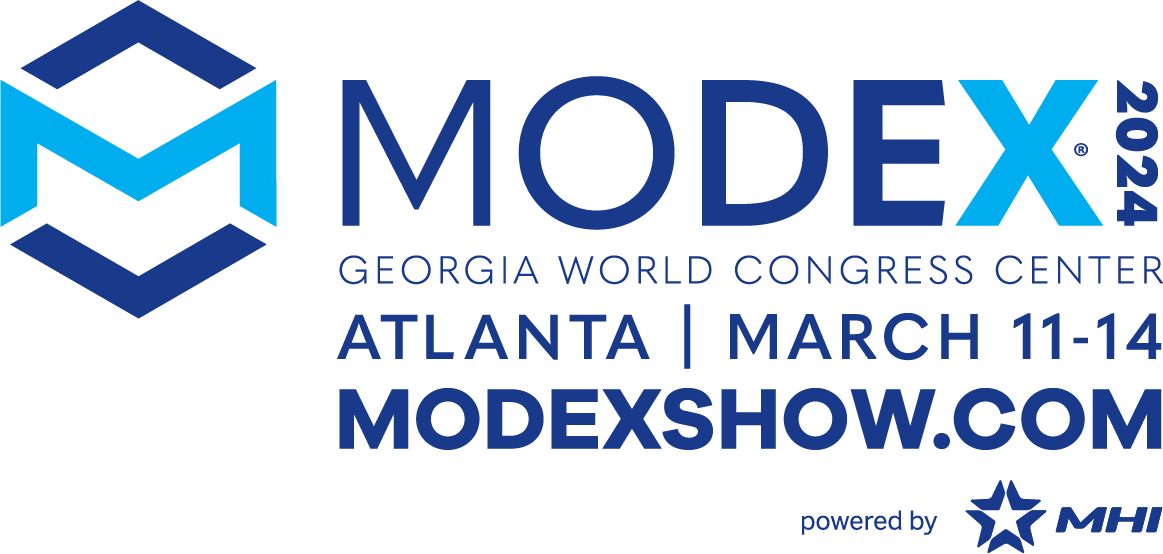
MODEX 2024 will be held March 11-14 at the Georgia World Congress Center in Atlanta.
Supply Chain Resiliency
As disruption becomes the norm, supply chains must anticipate, prepare for, and adapt to risk, uncertainty, disruption, and changing customer demands. Supply chain resiliency will require simplification and near shoring, and a variety of new capabilities and digital technologies including software, automation, robotics, AI, IoT, and advanced analytics. Additionally, a skilled workforce is essential as human workers collaborate and work alongside automation and digital technologies. A diversified and collaborative supplier base is also essential to build the visibility and redundancies necessary to quickly adapt to disruption.
Geopolitical Risks and Reshoring
Ongoing geopolitical tensions such as the Middle East and Russia-Ukraine conflicts will persist in causing disruptions to supply chains. Consequently, an increasing number of organizations will adopt streamlined networks through practices like nearshoring and friend-shoring. Today’s political landscape can be complex and polarizing, and business leaders should carefully approach the topics when interacting with customers and employees in addition to monitoring impacts on product sourcing, delivery times, and shipping costs.
Supply Chain Workforce
Developing and maintaining a desirable workplace culture continues to be important to supply chain leaders while navigating remote work, workplace flexibility, and constant change in the workplace environment. The workforce shortage has made hiring, retaining, and managing supply chain talent a key priority. The shift in demographics, aging workforce, worker wealth creation, remote work opportunities, perception issues, near shoring, and other drivers of this shortage are driving the importance of succession planning at all levels of the organization to minimize negative impacts to customer relationships and financial results. Organizations must put their human workers at the center of their supply chain operations and any new technology implementation. Investments in people through new talent pools, training and development on the latest technologies will be essential and will create a culture of innovation for future success.
Sustainability
Sustainability is beyond the inflection point and large multi-nationals, Europe, and California are leading the demand for compliance from suppliers and could implement non-compliance fines and penalties in the future. Major organizations have set Net Zero goals and are asking their suppliers to help them in these efforts. This, along with mounting environmental expectations from consumers, employees, investors, governments, and regulators is prompting a growing emphasis on sustainability. This necessitates collaboration with suppliers and partners, the adoption of new technologies, employee education, Scope 1, 2, and 3 GHG measurement and target setting, identifying areas for improvement, and reporting. As the focus is turning toward compliance, companies need to have sustainability plans in place.
Transparency and Visibility
The lack of transparency across the tiers of a supply chain is a significant challenge for organizations, especially in meeting visibility and regulatory standards, and in managing supply chain risks. Gaining visibility beyond Tier 1 empowers organizations to look across the entire ecosystem to build deeper insights into root causes of disruption and identify risks further down the chain. This also advances ESG goals and customer concerns regarding traceability and transparency.
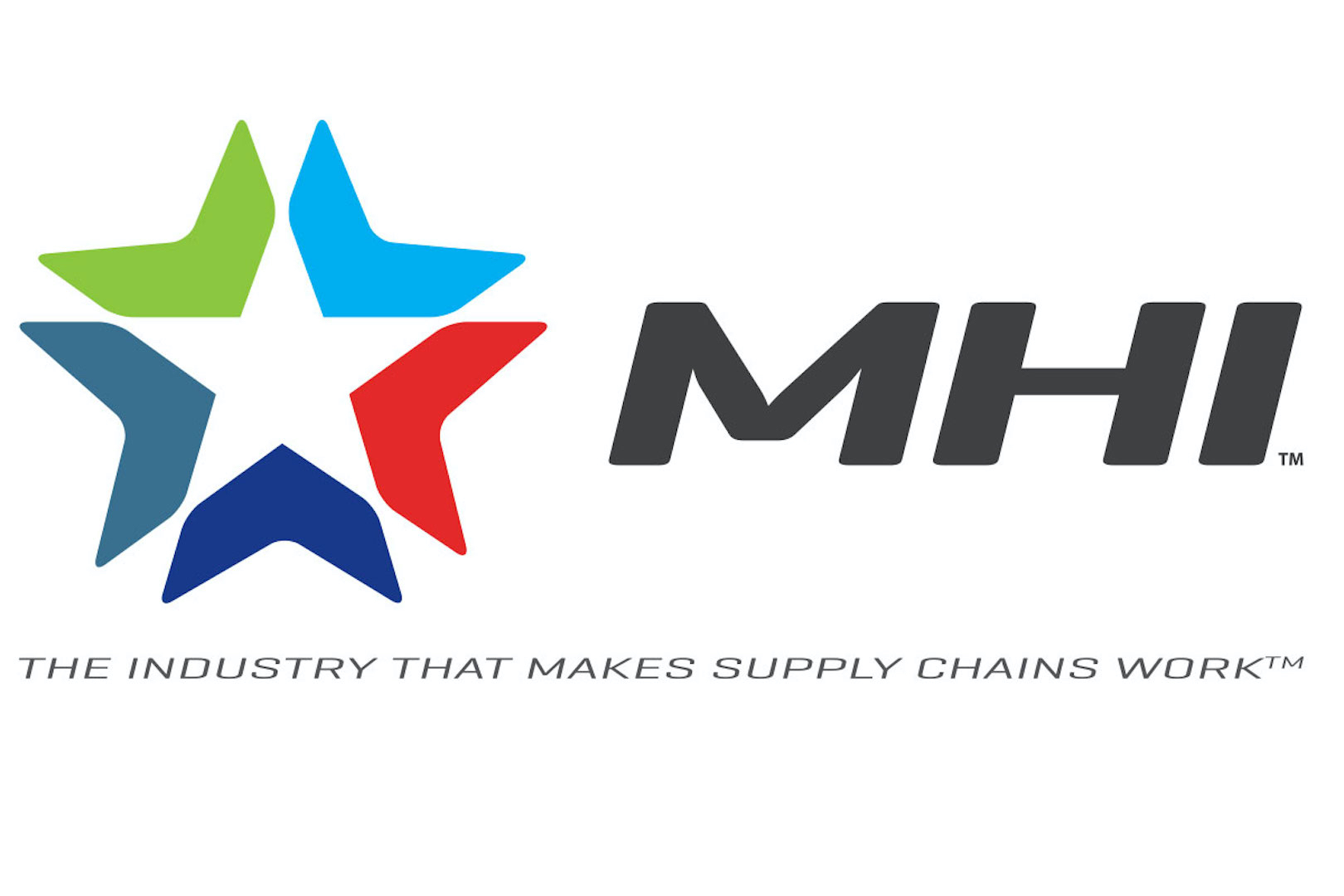
MHI provides educational, business development, networking and solution sourcing opportunities.
Pace of Automation & Robotics Adoption
The convergence of workforce shortages, reshoring trends, efficiency improvements , and AI advancements have driven the adoption of automation and robotics and put it as a focus of the C-suite agendas. Robotics adoption is also creating opportunities for upskilling technical talent and fueling the advancement of collaborative robots (cobots) in the workplace. Supply chain leaders can no longer afford to overlook the potential of these solutions to enhance operational productivity, reduce costs, and foster innovation.
Advanced Analytics
An ongoing challenge for supply chains is managing data effectively. Every day, numerous data records are generated from various systems throughout a company’s supply chain, thanks to the widespread use of digital technologies, sensors, IoT devices, and advanced tracking systems. This abundance of data has contributed to the emergence of isolated data silos within organizations, resulting in disconnected datasets and unactionable data. Without actionable data, organizations lack the comprehensive view of their operations that is necessary to quickly respond to disruptions, mitigate risk, and improve performance.
Artificial Intelligence and Simulation
Generative AI (GenAI) is capable of fundamentally transforming supply chains. Applications driven by GenAI can handle significantly larger datasets compared to earlier machine learning models, enabling the analysis of intricately complex variables. Additionally, GenAI can autonomously learn and adapt to the specific nuances of a company’s supply chain ecosystem, continuously refining and enhancing its analytical capabilities and performance. Organizations should learn how AI can be properly implemented to improve their operations. Paired with advancements in AI, Digital Twins produce evolving profiles of an asset or process and capture insights on performance across the facility lifecycle (process design, operations, and maintenance). The use of digital twins is becoming more prevalent and a necessary customer expectation to optimize processes mitigate costs, scenario planning, and increase throughput modeling. Protecting intellectual property is important with Digital Twin modeling and can result in better collaboration between customers and suppliers
Cybersecurity
The alarming increase in cybercrime is leading to more data breaches, delays and shortages, reputational damage, compliance issues, safety risks, and financial loss. Cybercrime is now being perpetrated by very sophisticated criminal organizations. Cybercriminals can target any entry or access point in the supply chain, driving the need for cybersecurity to be a concern for organizations and supply chains of all sizes. Organizations must safeguard their operations by staying current on best practices while investing in cybersecurity solutions and training.
Impact of E-commerce on Transportation and Last Mile Logistics
With the convenience and popularity of online ordering, consumers of all ages continue to fuel the growth of e-commerce, especially in the categories of grocery, healthcare, and pharmaceutical. The resulting impact on distribution centers, fulfillment facilities, and equipment, labor, technology, final mile, reverse logistics and the environment is driving the adoption of automation, robotics, and digital technologies to meet the need for speed and accuracy for e-commerce deliveries and reverse logistics. Optimizing new developments in last mile logistics solutions offer variable delivery and pickup options for e-commerce orders.
Economy
Economic and inflationary pressures on goods and services are impacting the supply chain, increasing pressure on margins, impacting product costs, timeline of PO to delivery, reimagining contracts, and negotiation practices. Leaders will need more macro data with deeper layers to see how the economy is impacting their businesses, by creating forecasting and outlook reports for strategic decisions. Expertise to provide forecasting tools and techniques will be in demand.
- To learn more about MHI Leadership, visit mhi.org/leadership. To learn more about the trends impacting supply chains, make plans to attend MODEX, March 11-14 in Atlanta, GA. Complimentary registration is available at modexshow.com.


